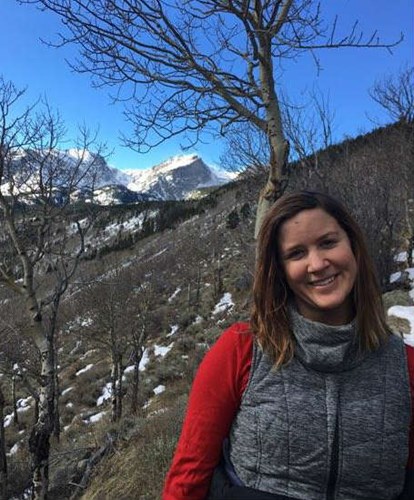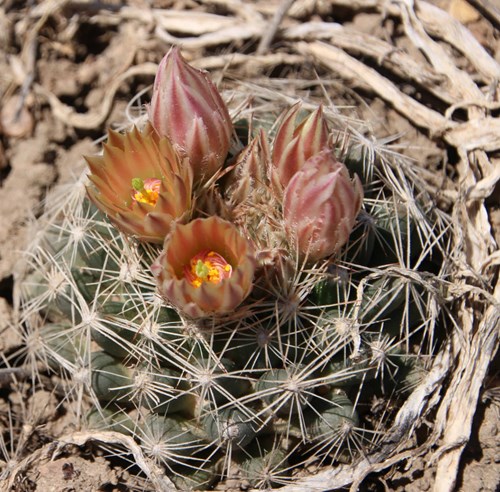Home / Science and the Environment / A conversation with RNS Director Dr. Nancy Shackelford
A conversation with RNS Director Dr. Nancy Shackelford
The RNS program is excited and pleased to introduce our new program director, Dr. Nancy Shackelford, who will be joining us in January 2020.
 Tell us a bit about yourself…
Tell us a bit about yourself…
One of the foundational things to know about me is that I’m a born and raised West Texan, so I love football, Tex-Mex, and horny toads! I studied mathematics in Austin as an undergraduate, but made my way into ecology through local prairie restoration and afterwards through wetland mitigation work in Houston. My Masters is in restoration ecology from the University of Western Australia, and my PhD focused on resilience and restoration in a variety of British Columbia ecosystems. Currently, I am a postdoctoral fellow in Colorado, focused on dryland and prairie restoration.
In taking on the role of RNS director, what are you most excited about?
I think I am most excited about how this program, and the director position, straddles teaching students, working with communities, and understanding ecosystem science. Ultimately, restoration is driven both by the needs of an ecosystem and by the values of the people doing it. The RNS program works between the ecological and human dimension of restoration and teaches students that are aware of those dynamics in nuanced ways. I’m so excited to come into that setting and help foster it into the future.
What is your research focus and where do you think it will take you in the future?
Currently, my research is focused on how we can more accurately predict restoration outcomes. I use big data sets, from all around the world, to investigate consistent trends in restoration success that be used as a starting point for local projects. I also am intrigued by trait-based restoration, understanding how the functional roles of species can potentially predict their response to management actions. In the future, I hope this research can create strong links between local and global efforts so that restoration knowledge can be systematically built up into a strong predictive framework.
 If you could be any plant in the world, what would you be and why?
If you could be any plant in the world, what would you be and why?
I would be a cactus! Specifically, I would be a mountain ball cactus (Pediocactus simpsonii). I grew up in the desert and, with no intention, I have always been drawn back into dryland research. The ball cactus is this tiny, unobtrusive plant that is unbelievably resilient; you can find little pockets of it in my old agricultural field, surviving invasion, drought, haying, and grazing. In the spring, it puts out these incredible, vibrant little flowers that are a joy to find peeking out of the grass. I’d love to picture myself that way, resilient, surprising, and always a little joyful.
Thanks for sharing Nancy, and welcome to the program!
- Posted March 26, 2021
RELATED TOPICS: Ecological RestorationSustainability
Latest News
- Bringing the world of AI to everyone
- Playing for the planet: Tackle climate change together
- A full-circle success story: ELC alumni return two decades later
- Managing crises and finding opportunity in the uncertainty
- Orange Shirt Day & National Day for Truth and Reconciliation
Visit Registration
2nd Floor | Continuing Studies Building University of Victoria Campus 3800 Finnerty Road | Victoria BC | CanadaTel 250-472-4747 | Email uvcsreg@uvic.ca
2025 © Continuing Studies at UVic
Legal Notices |
Sitemap

